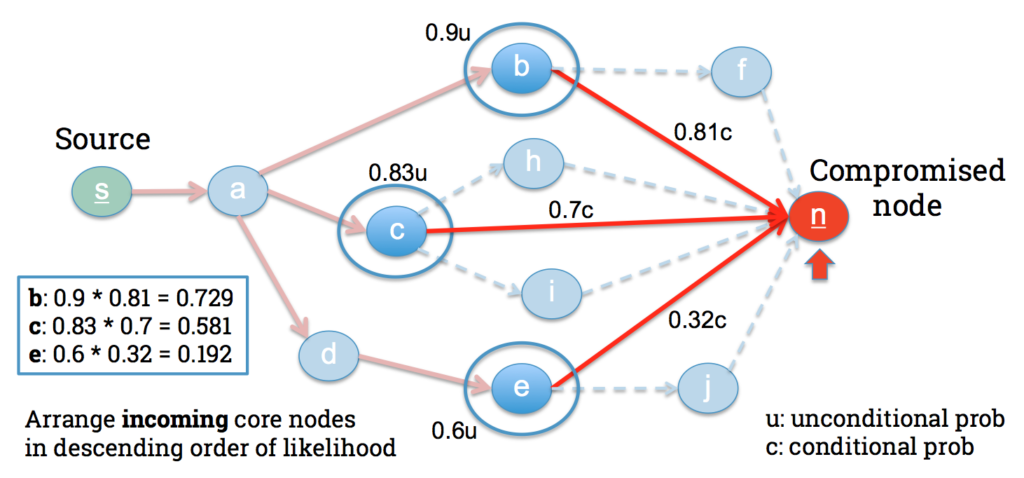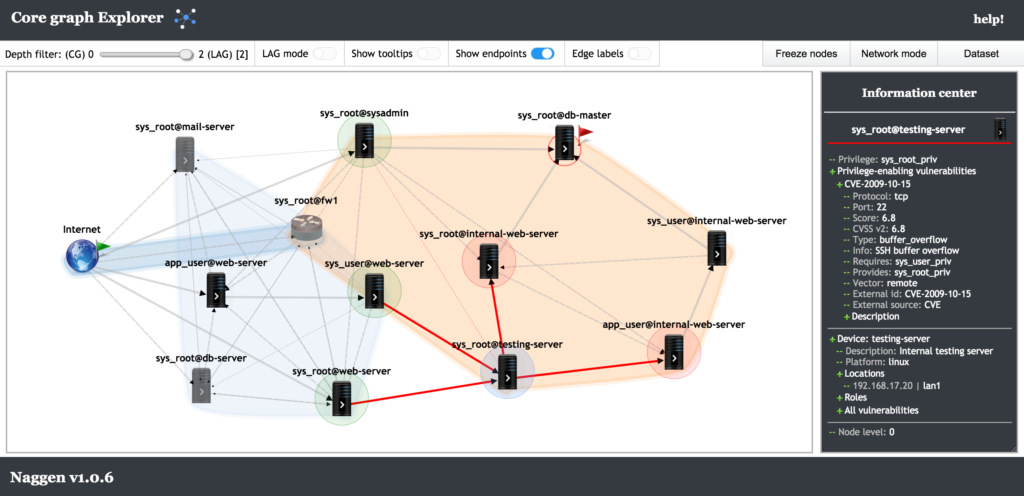Robustness and Transferability of Universal Attacks on Compressed Models
A.G. Matachana, K.T. Co, L. Muñoz-González, D. Martinez, E.C. Lupu. Robustness and Transferability of Universal Attacks on Compressed Models. AAAI 2021 Workshop: Towards Robust, Secure and Efficient Machine Learning. 2021.
Neural network compression methods like pruning and quantization are very effective at efficiently deploying Deep Neural Networks (DNNs) on edge devices. However, DNNs remain vulnerable to adversarial examples-inconspicuous inputs that are specifically designed to fool these models. In particular, Universal Adversarial Perturbations (UAPs), are a powerful class of adversarial attacks which create adversarial perturbations that can generalize across a large set of inputs. In this work, we analyze the effect of various compression techniques to UAP attacks, including different forms of pruning and quantization. We test the robustness of compressed models to white-box and transfer attacks, comparing them with their uncompressed counterparts on CIFAR-10 and SVHN datasets. Our evaluations reveal clear differences between pruning methods, including Soft Filter and Post-training Pruning. We observe that UAP transfer attacks between pruned and full models are limited, suggesting that the systemic vulnerabilities across these models are different. This finding has practical implications as using different compression techniques can blunt the effectiveness of black-box transfer attacks. We show that, in some scenarios, quantization can produce gradient-masking, giving a false sense of security. Finally, our results suggest that conclusions about the robustness of compressed models to UAP attacks is application dependent, observing different phenomena in the two datasets used in our experiments.

